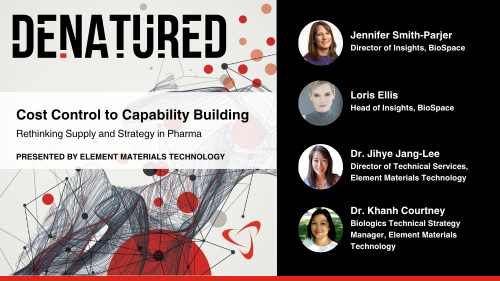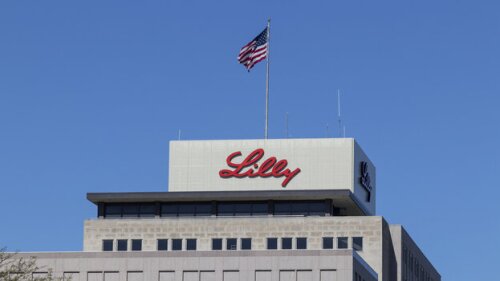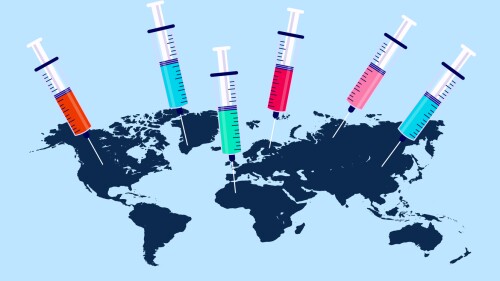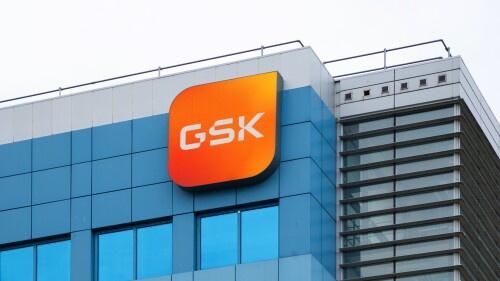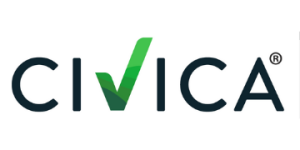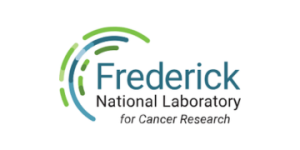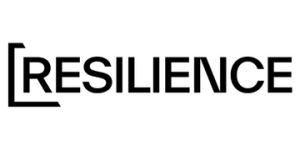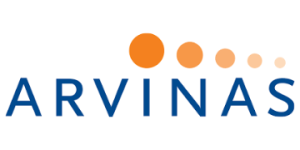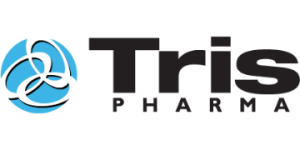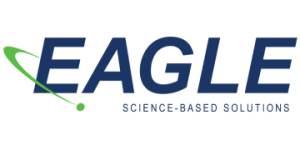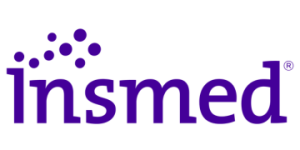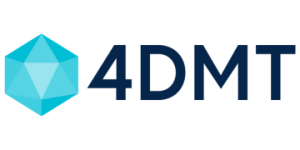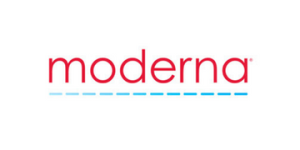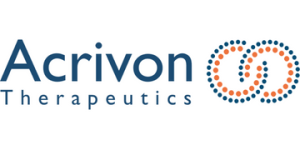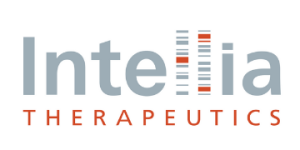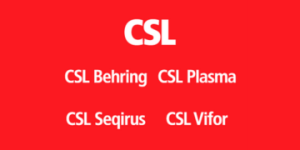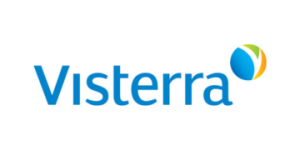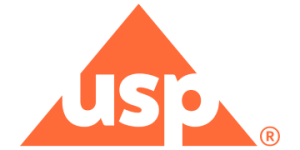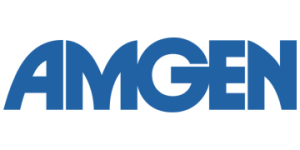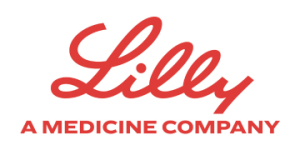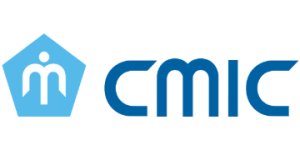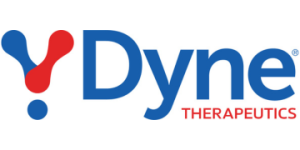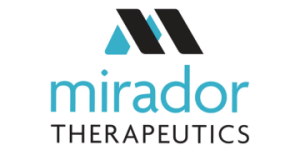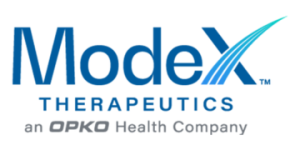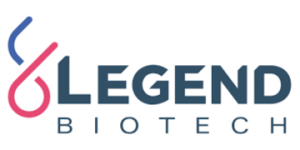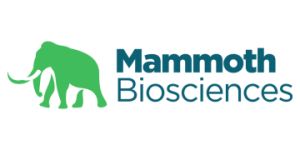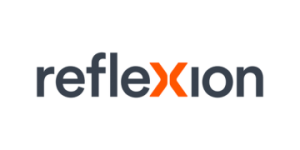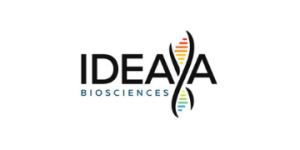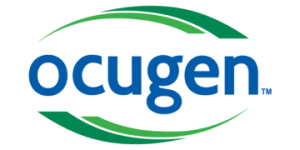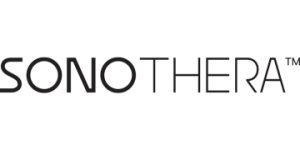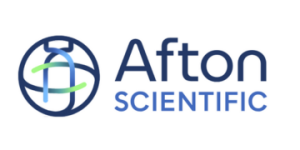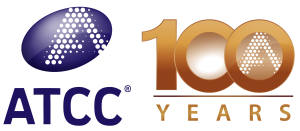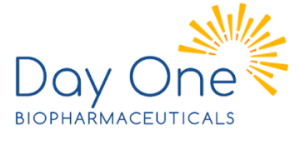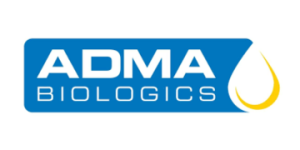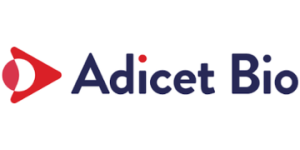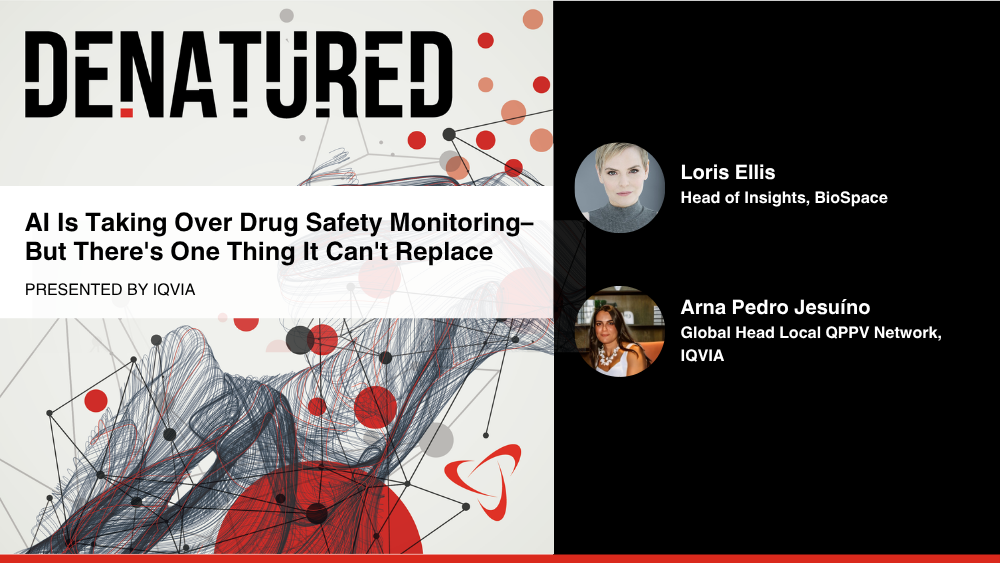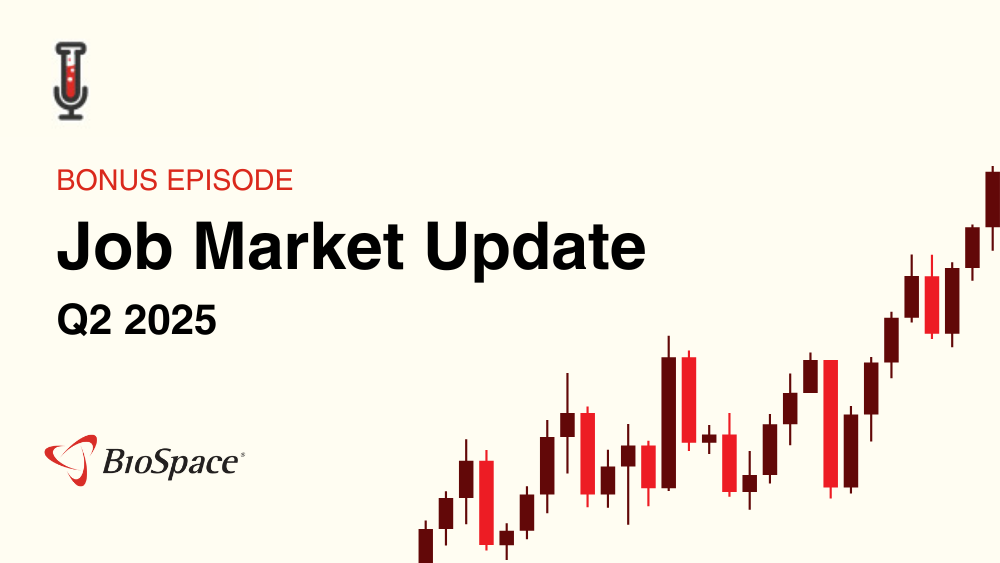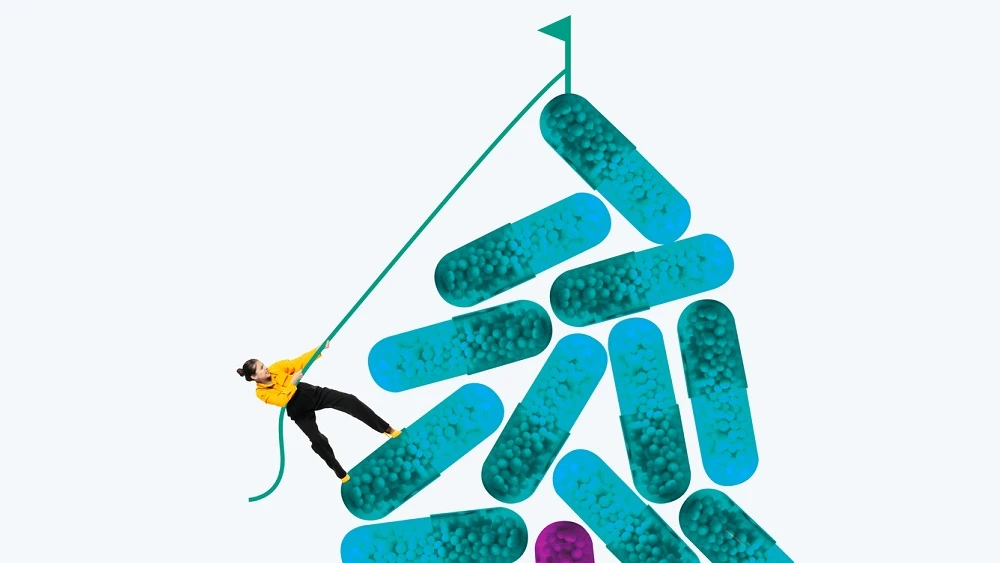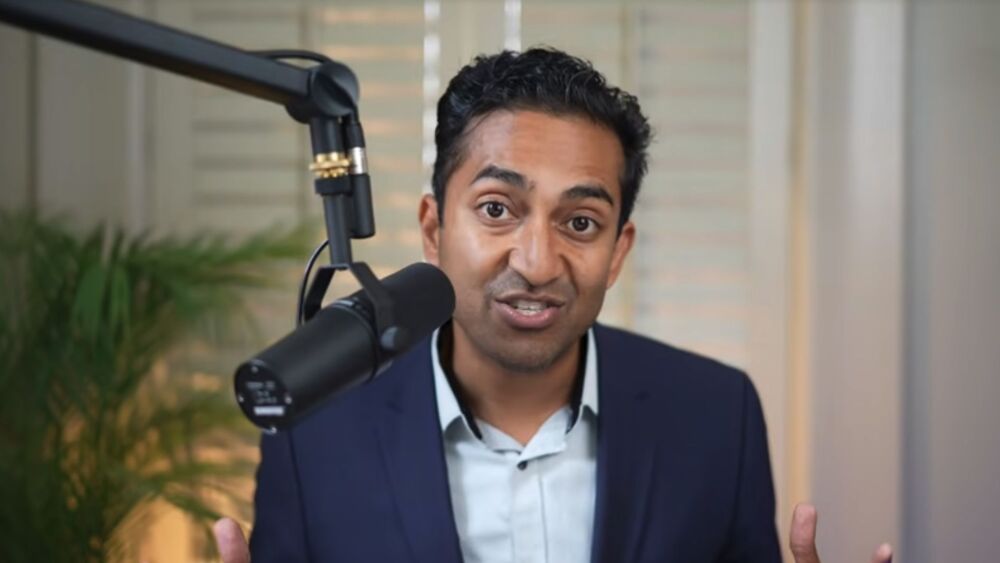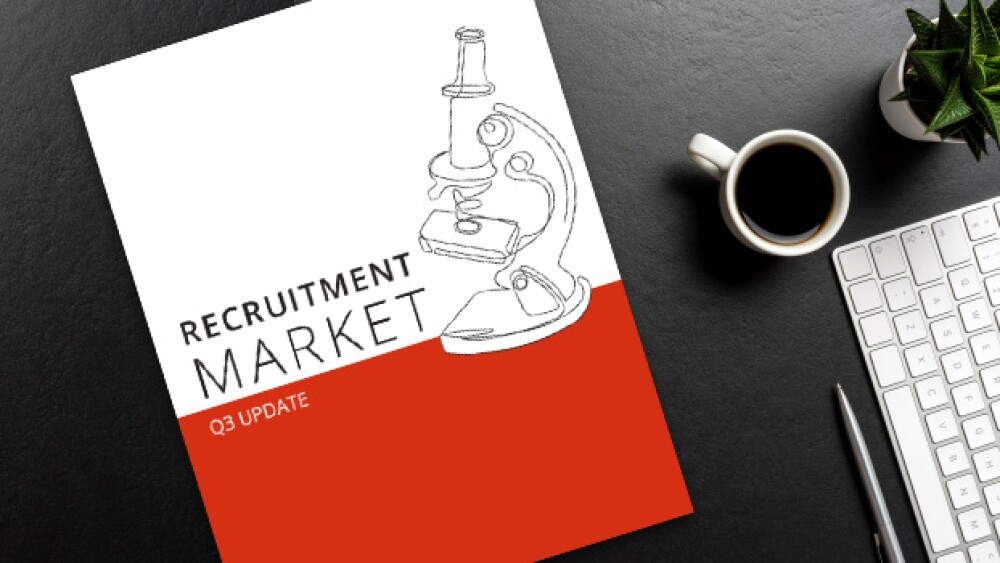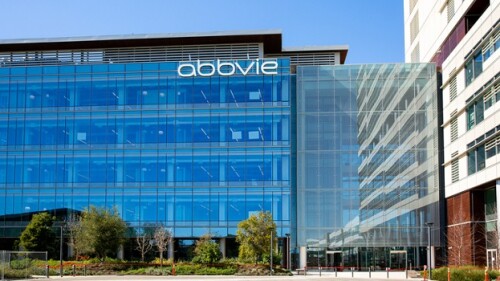The cornerstone of the deal is Ixo-vec, an intravitreal gene therapy currently in Phase III development for wet age-related macular degeneration. Eli Lilly made another foray into genetic medicine in June, picking up Verve Therapeutics for up to $1.3 billion.
Of the 25 companies receiving tax incentives in Massachusetts, 23 will add jobs outside of Boston and Cambridge. Medtronic, which is receiving the largest award, will create 220 roles in Billerica. Other recipients include AbbVie, Dyne Therapeutics and Viridian Therapeutics.
In three draft guidance documents, the FDA has laid out pointers to help companies craft better drug development programs and drug applications.
The discontinued CAR T therapy bbT369 came to Regeneron when the pharma bought all of 2seventy bio’s pipeline assets for $5 million upfront in January 2024.
Sales of Sanofi’s COVID-19 and flu vaccines fell 17% in the third quarter amid declining vaccination rates and pricing pressures in Europe.
The antibody-drug conjugate, withdrawn from the market by GSK in 2022 after failing a confirmatory study, was approved Thursday by the FDA for previously treated patients with multiple myeloma. This is despite a negative advisory committee vote in July.
FEATURED STORIES
After decades without much movement, a handful of new treatments for this rare autoimmune disease are now approved, and several companies, including argenx and Regeneron, have recently released promising late-stage trial results.
On the FDA’s docket for the back half of September is Merck’s proposed subcutaneous formulation of its blockbuster cancer drug Keytruda.
As Novo Nordisk cuts 9,000 people from its organization in a restructuring effort, BioSpace looks back on the Danish pharma company’s rise.
Suddenly one obesity asset has come to define Amgen but executives see a fuller portfolio that will bring the big biotech into the future.
Contingent value rights are rising in a down market, helping to close the gap between buyer and seller expectations in biotech transactions.
Executives at Novartis have not been shy about a desire to buy more companies, with cardiovascular a big focus. In total, the Swiss pharma has put $17.23 billion on the line in M&A and licensing deals this year.
LATEST PODCASTS
In this episode presented by IQVIA, BioSpace’s head of insights Lori Ellis discusses the evolving role of local qualified persons for pharmacovigilance with Ana Pedro Jesuíno, global head local QPPV network at IQVIA.
Around 3,500 FDA employees received termination emails; FDA Commissioner Marty Makary suggests lowering industry user fees and tying review times to drug prices; the regulator opens its trove of complete response letters in the name of transparency; and two companies receive rejections for rare disease therapies.
In this bonus episode, BioSpace’s Vice President of Marketing Chantal Dresner and Careers Editor Angela Gabriel take a look at Q2 job market performance, layoffs and wider employment trends and policies impacting the biopharma workforce.
Job Trends
While the job market is tough for life sciences professionals right now, it won’t always be. Employers must continue striving to create fulfilling work environments, as the market won’t always be in their favor, say biopharma execs.
Subscribe to Genepool
Subscribe to BioSpace’s flagship publication including top headlines, special editions and life sciences’ most important breaking news
SPECIAL EDITIONS
In this deep dive, BioSpace investigates China’s rise as a biotech powerhouse.
In this deep dive, BioSpace explores the next big thing in obesity.
BioSpace did a deep dive into biopharma female executives who navigated difficult markets to lead their companies to high-value exits.
DEALS
-
Analysts said the deal with Novo was likely giving Hims “‘credibility’ or increased consumer traffic,” adding that the “litigation risk is back on the table” now that the Danish pharma has stepped away.
-
The deal marks an end for CAR T company Cargo Therapeutics, which has been slashing its workforce and cutting programs since the January decision to halt its lead candidate for a certain type of aggressive large B cell lymphoma.
-
After the FDA rejection of Zurzuvae in one type of depression and the triple failure of neuro asset dalzanemdor, Sage was searching for a path forward at the end of December 2024. Biogen CEO Chris Viehbacher spied a possible deal, but the smaller company wasn’t interested.
-
Why did two private equity firms with more than $460 billion under management want a little old gene therapy biotech called bluebird bio? We wanted to know.
-
Big Pharmas like Eli Lilly, Sanofi and Novartis headed back to the dealmakers table multiple times, with 32 total deals counted across the industry for the first half.
WEIGHT LOSS
-
Prasad Returns, Delany Departs, Lilly’s Weight Loss Pill Disappoints and Sarepta’s Fallout ContinuesCBER Chief Vinay Prasad reclaimed his job less than two weeks after his mysterious exit; MAHA implementor Gray Delany is out after reportedly sparring with other agency officials over communications strategy; Eli Lilly’s first Phase III readout for oral obesity drug orforglipron missed analyst expectations; and Arrowhead Pharmaceuticals addresses the recent woes of its of partner Sarepta.
-
Novo Nordisk has plummeted back to Earth after a stunning rise driven by Ozempic and Wegovy. Can the storied Danish pharma recover?
-
Leaders at Eli Lilly believe heavy investment in the company’s manufacturing footprint “sets a high standard that newcomers may find challenging to match.” At least one of those newcomers disagrees.
-
Here are five oral obesity candidates that, according to Mizuho’s Graig Suvannavejh, could change the weight loss game.
-
From the price of forthcoming weight loss pill orforglipron, to Most Favored Nation drug pricing and the market battle with Novo Nordisk, pricing was the number one issue for Eli Lilly on its second quarter earnings call.
POLICY
-
YouTube has shut down a channel containing hundreds of videos of comments made by doctors and other influencers—including CBER Director Vinay Prasad, Health Secretary Robert F. Kennedy Jr. and NIH Director Jay Bhattacharya—during the pandemic. This comes as Prasad reveals further details about last week’s updated COVID-19 approvals.
-
Albert Bourla heralded the president’s COVID-19 leadership and Operation Warp Speed initiative as a Nobel Prize–worthy achievement and said that Pfizer stands by the integrity of the data already shared.
-
In an opinion piece in the Wall Street Journal, Health Secretary Robert F. Kennedy Jr. said he will roll chronic disease programs into a new Administration for a Healthy America.
-
Paul Offit, longtime member of the FDA’s vaccine advisory committee and an outspoken critic of Health Secretary Robert F. Kennedy Jr., was recently informed by the Department of Health and Human Services that his services are no longer required.
-
While trade groups hail the executive order as a national health security opportunity, analysts warn that production costs could go up in the near term.
Plus, learn how to handle vacation time in a new job and navigate the stress of a recent promotion to leadership.
A BioSpace LinkedIn poll showed that just 19% of respondents believe biopharma professionals need Ph.D.s for scientist roles.
Employers have adjusted to higher salaries. That also means they’ve become adamant they get specific skill sets, according to Greg Clouse, BioSpace recruitment manager.
Looking for a job in Texas? Check out these nine companies hiring life sciences professionals like you.
Whether they’re newly minted managers or C-suite executives, effective managers often lead with empathy, intellectual curiosity and vulnerability.
Generative AI could enhance and accelerate the way people work on clinical trials. In this Q&A, a management consultant shares his insights on benefits, risks and more.
HOTBEDS
REPORTS
In the final instalment of our Diversity in Life Sciences series, BioSpace provides life sciences organizations with practical solutions and benchmarking data to strengthen their DEI initiatives.
BioSpace surveyed industry employers and professionals to understand what to expect from the recruitment market in 2022. What do professionals want? How difficult will it be to recruit new talent?
Get up to speed with BioSpace’s data with up-to-date info about retention, layoffs, “quiet quitting” and projections for 2023.
CANCER
-
According to reporting from multiple outlets, Richard Pazdur, head of the Oncology Center of Excellence at CDER, opposed the consensus opinion of CBER staff to approve the drug. Replimune’s stock has dropped precipitously since the rejection.
-
The company expects that the U.S. COVID-19 vaccination rate will be “maybe a couple of points lower” than the prior level of around 20% but that pricing and Comirnaty’s market share will hold steady.
-
The pivotal Phase II trial is testing Allogene’s CAR T candidate cemacabtagene ansegedleucel for large B-cell lymphoma. ALLO-647 was being used as a preparative lymphodepletion therapy.
-
After decades of limited progress—owing to the difficulty of treating the disease and resultant market risk—glioblastoma research is entering a new phase spurred by smarter trials, targeted funding and renewed interest from companies like Merck and Jazz Pharmaceuticals.
-
Sarepta’s Elevidys is back on the market for ambulatory patients with Duchenne muscular dystrophy, Health Secretary Robert F. Kennedy Jr. reportedly plans to dissolve the U.S. Preventive Services Task Force and “fix” the vaccine injury compensation program, Merck, AstraZeneca and more report Q2 earnings, Novo names a new leader and Roche’s trontinemab impresses at AAIC25.
NEUROSCIENCE
-
Praxis’ vormatrigine reduced seizures by 56.3%, an effect size that, according to analysts at Truist Securities, exceeds that of its closest competitors.
-
The FDA greenlit multiple new drugs this month and issued some notable label expansions, including for Eli Lilly’s Kisunla. Meanwhile, the regulator turned away a cell therapy for Duchenne muscular dystrophy and a gene therapy for the rare disease Sanfilippo syndrome.
-
Bristol Myers Squibb tested Cobenfy as an adjunctive treatment with atypical antipsychotics for schizophrenia in the Phase III ARISE study, which earlier this year failed to demonstrate significant symptom improvement.
-
Move over Humira, Skyrizi and Rinvoq are expected to beat the former megablockbuster’s peak sales by the end of this year.
-
Rumors of Biogen’s disagreements with Eisai have been greatly exaggerated, CEO Chris Viehbacher said during a second quarter earnings call. The partnered Alzheimer’s drug Leqembi saw sales climb 20% for the period.
CELL AND GENE THERAPY
-
As analysts parsed news of Vinay Prasad’s ouster, worries over drug approval delays, cell and gene therapy impacts and more were top of mind.
-
The swift FDA action removes an overhang from Sarepta and allows Elevidys to return to the market without another safety study, as had been feared, Jefferies analysts said Monday.
-
Brazilian authorities said the death was unlikely to have been caused by Elevidys and was instead more in line with severe infection exacerbated by immunosuppression.
-
The European Union’s health regulatory agency did not endorse approving Elevidys for ambulatory patients with Duchenne muscular dystrophy.
-
The strategic reprioritization comes after the company hit two major hurdles in the past year, including a clinical hold for an investigational gene therapy and an FDA rejection for its lead asset.


